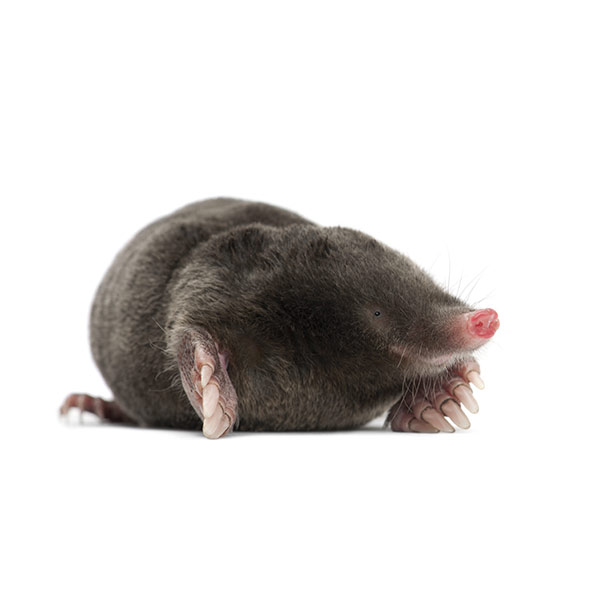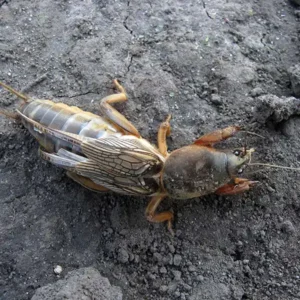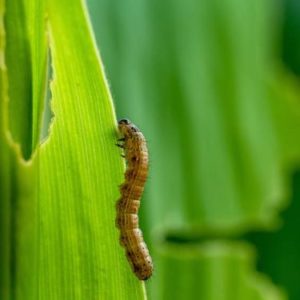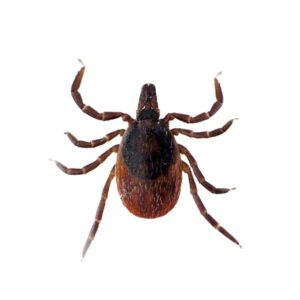Moles in Florida
Moles are small insect-eating mammals and are widespread across the United States. Contrary to popular belief, moles are not part of the rodent family and are highly specialized digging machines. They spend most of their time underground and some are even semi-aquatic. Although their presence is well known by their recognizable mounds, they are rarely seen. Moles cause significant damage through their burrowing activity, which dislodges plants and dries out their roots. In lawns, the resulting mounds and ridges are unsightly and disfiguring.
Mole Habitat
Moles prefer wooded areas as their natural habitat, but they are also comfortable in residential yards and farm fields. Moles live almost entirely underground in a vast network of interconnecting tunnels. Active year-round, moles are particularly busy in spring and fall, frequently creating shallow tunnels just below the surface where they capture worms, insects, and other invertebrates. Moles are beneficial in that a typical 5-6 ounce mole can eat as much as 50 pounds of insect pests and grubs in a year! During rainy periods, molehills are abundant as earthworms move toward the surface.
Mole Threats or Dangers
Since moles are seldom present above ground and rarely come into contact with people, they are not considered to be a physical threat to humans. Contrary to popular opinion, moles will not eat vegetation in residential and rural landscapes. However, their surface tunnels can disturb plant roots, which can cause distress. In lawns, molehills make walking and mowing difficult, sometimes damaging the grass. Mole tunnels can be hijacked by meadow voles, small rodents who do eat plants. The first sign of a mole problem will be several molehills or ‘ridges’ caused by tunneling. If you are having an issue with moles, it is best to consult a professional wildlife control company for removal.
Need help with Moles?
We'll call you! Leave your information below.





